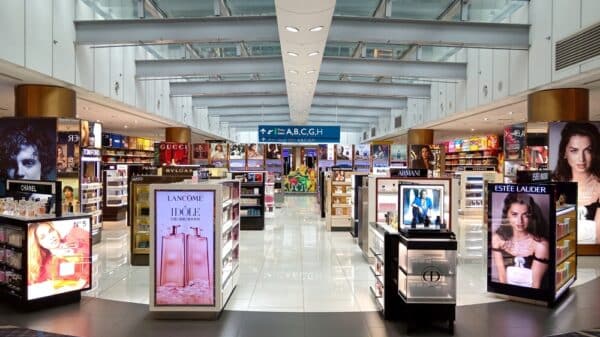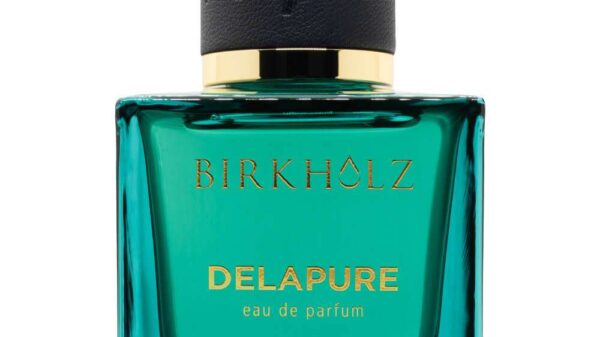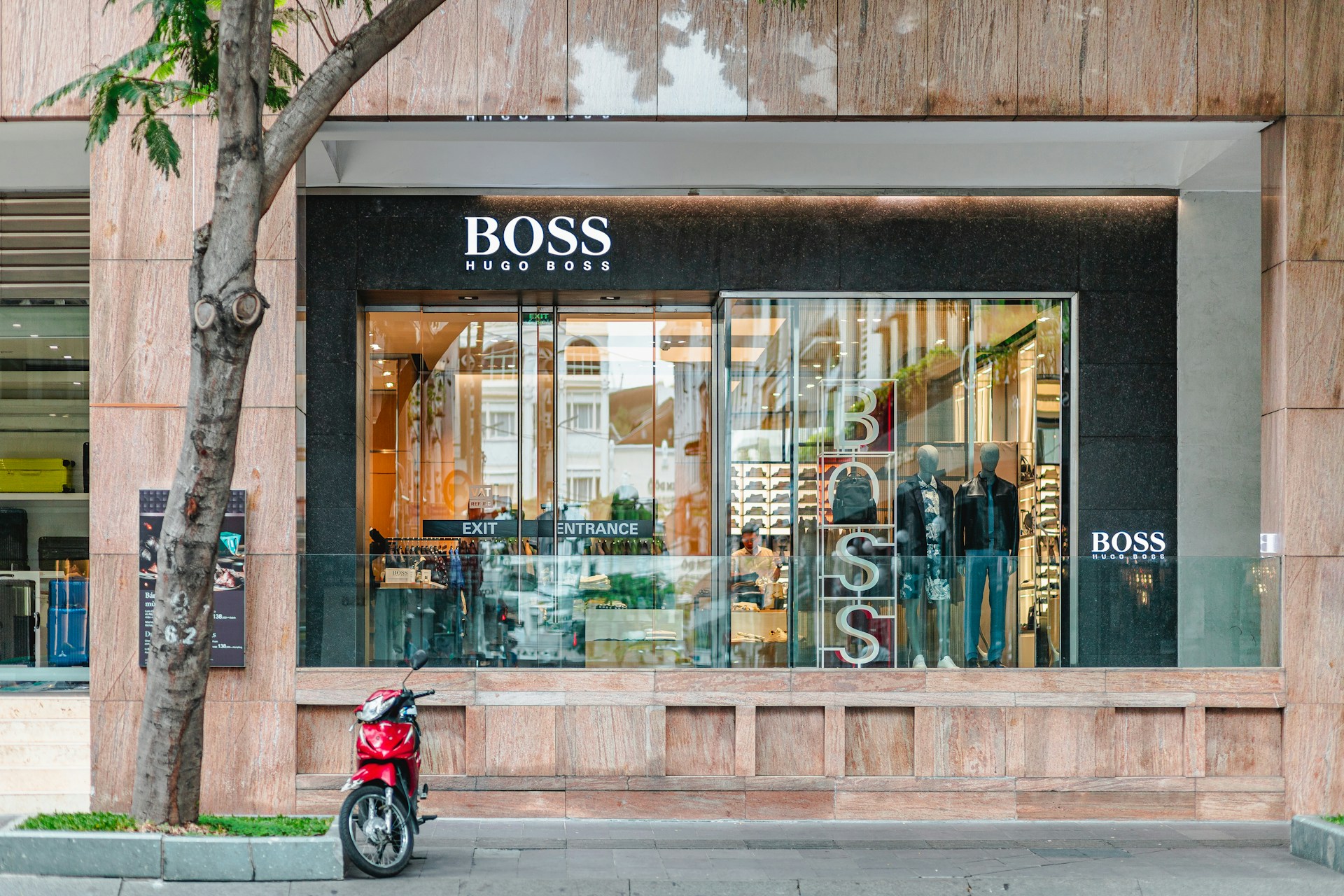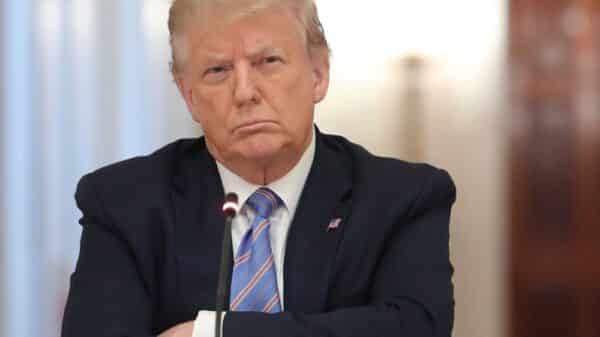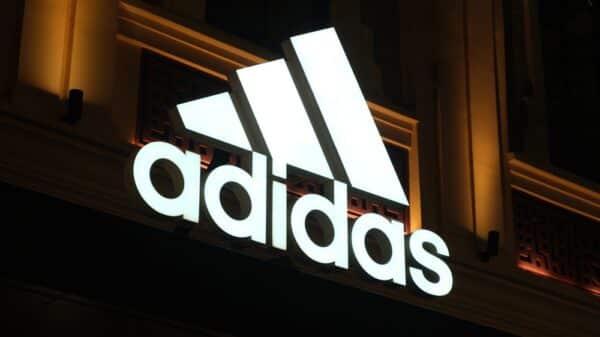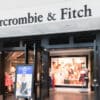As part of a strategic response to rising costs and market dynamics, Hugo Boss AG has announced plans to adjust prices for its Spring 2026 collections globally. This decision, articulated by Chief Financial Officer Yves Müller during a recent conference call, comes as the luxury fashion industry navigates through increased tariffs, notably in the United States.
Understanding the Price Adjustment Strategy
Müller emphasized that this price adjustment would remain moderate. The company aims to reinforce its reputation for offering good value without alienating its customer base. In the past four to five years, Hugo Boss has maintained a relatively steady pricing strategy, an approach that Müller believes has demonstrated a commitment to customer appreciation.
Interestingly, China, which has been experiencing subdued demand for Hugo Boss products, will not be included in this pricing strategy. This could be indicative of the brand’s awareness of varying regional market conditions and its willingness to adapt accordingly.
Industry Context and Alternative Strategies
Hugo Boss is not alone in raising prices; other major fashion houses like Hermès, Adidas, and Nike have taken similar steps. This trend suggests that the luxury segment is grappling with inflationary pressures and tariff implications that could affect operational costs.
While Hugo Boss has a lower exposure to the U.S. market—accounting for about 15% of total sales—about half of its U.S. products are sourced from Europe. This geographical sourcing is affected by recent tariffs, particularly on imports from Turkey, a key supplier. Understanding these market intricacies is vital for the brand’s pricing and sourcing strategy moving forward.
Financial Performance and Market Reactions
Hugo Boss has recently reported better-than-expected earnings for the second quarter of 2025, which has positively influenced its stock price, rising by 0.4%. This performance reinforces the effectiveness of Chief Executive Officer Daniel Grieder’s strategies aimed at repositioning the brand for a younger demographic while maintaining stringent cost controls. However, Grieder’s plans have faced setbacks in the past due to fluctuations in consumer spending patterns, making the company’s focus on cost discipline even more essential.
Insight from Analysts
Jefferies analysts have commented on Hugo Boss’s strong management of costs, suggesting that this discipline could provide a significant buffer against the uncertainties generated by tariffs and broader economic conditions. Effectively, their insights imply that while external economic pressures are mounting, Hugo Boss’s internal strategies are well-positioned to navigate these challenges.
Conclusion
In summary, Hugo Boss AG’s recent decision to adjust prices globally is a calculated move within the broader context of rising costs and competitive pressures in the fashion industry. With a cautious yet strategic approach, the brand hopes to maintain its consumer appeal while adapting to the complexities of international market demands. This kind of adaptability will be crucial for sustained growth in an ever-evolving retail landscape.
Image Source: Unsplash




